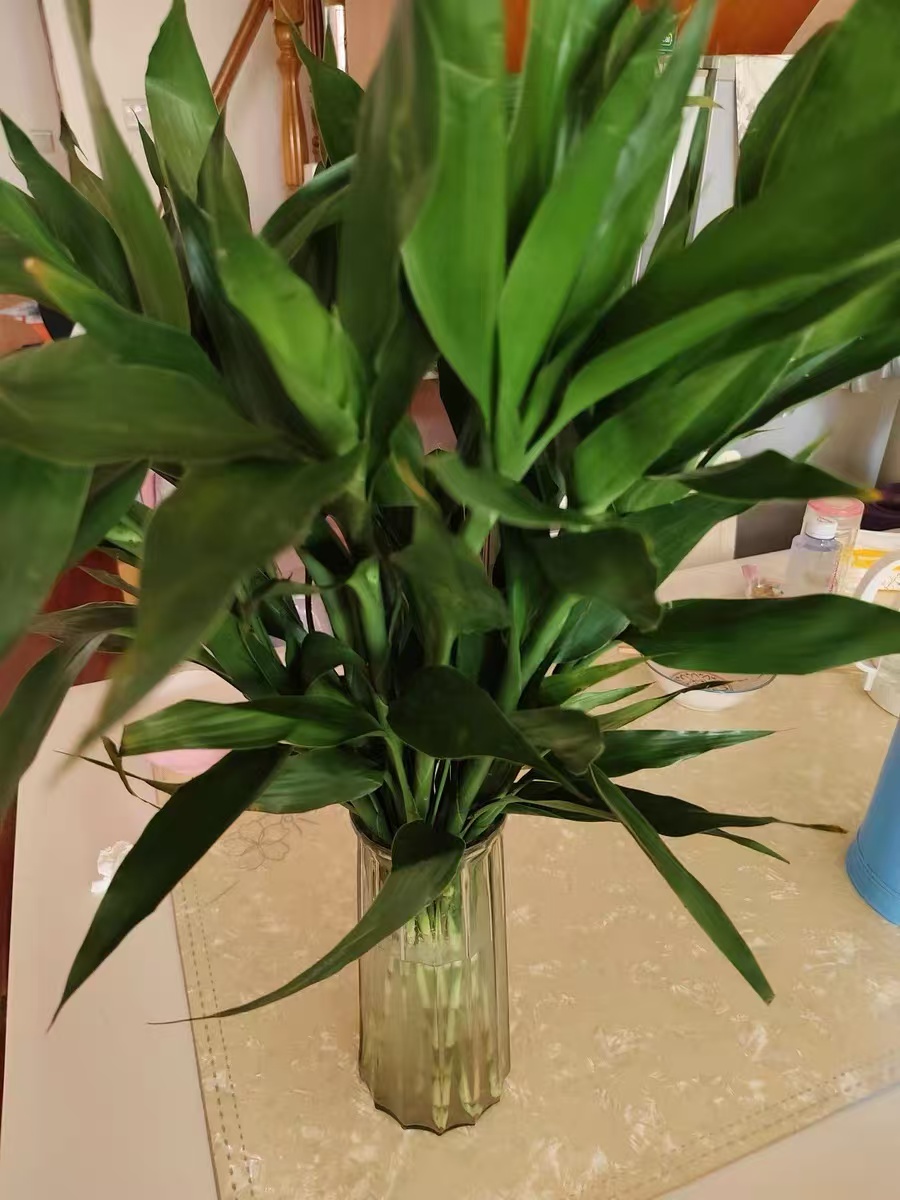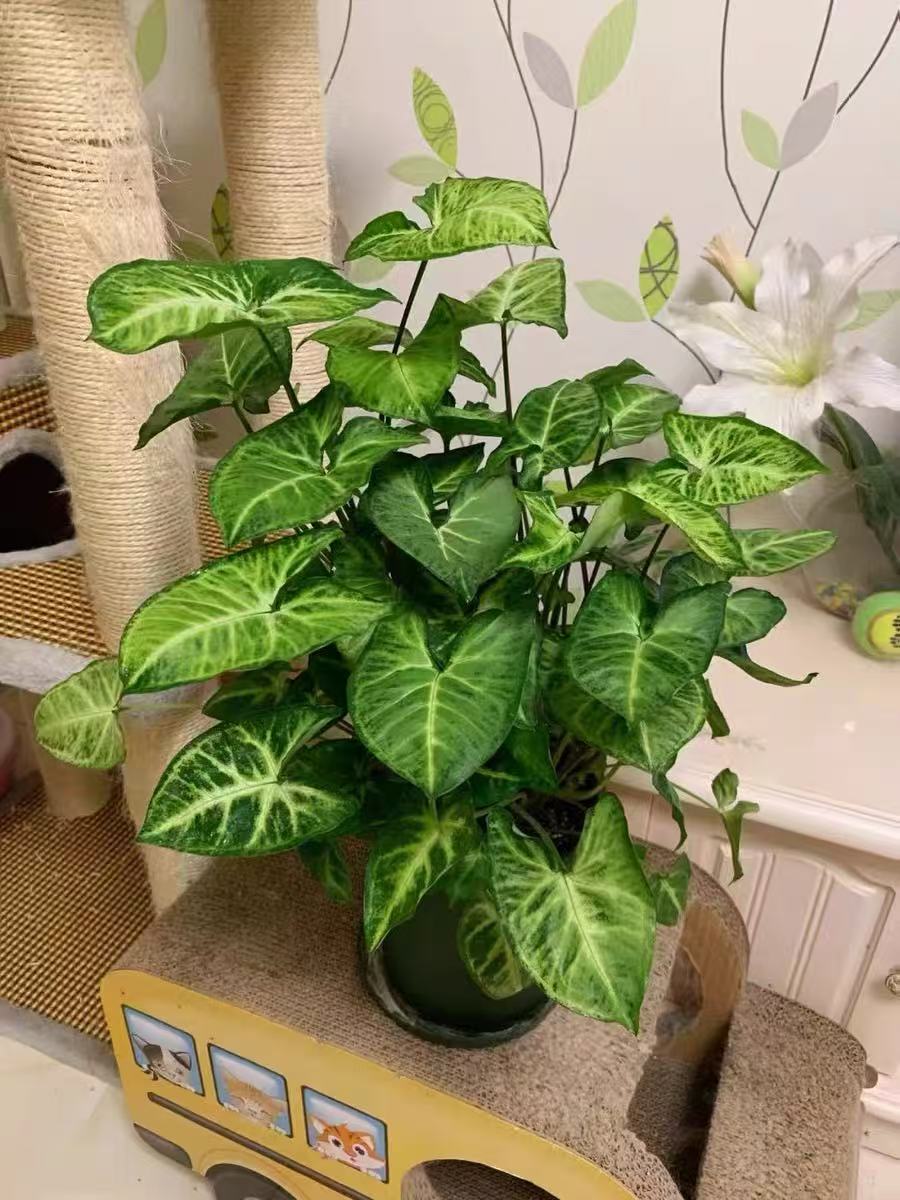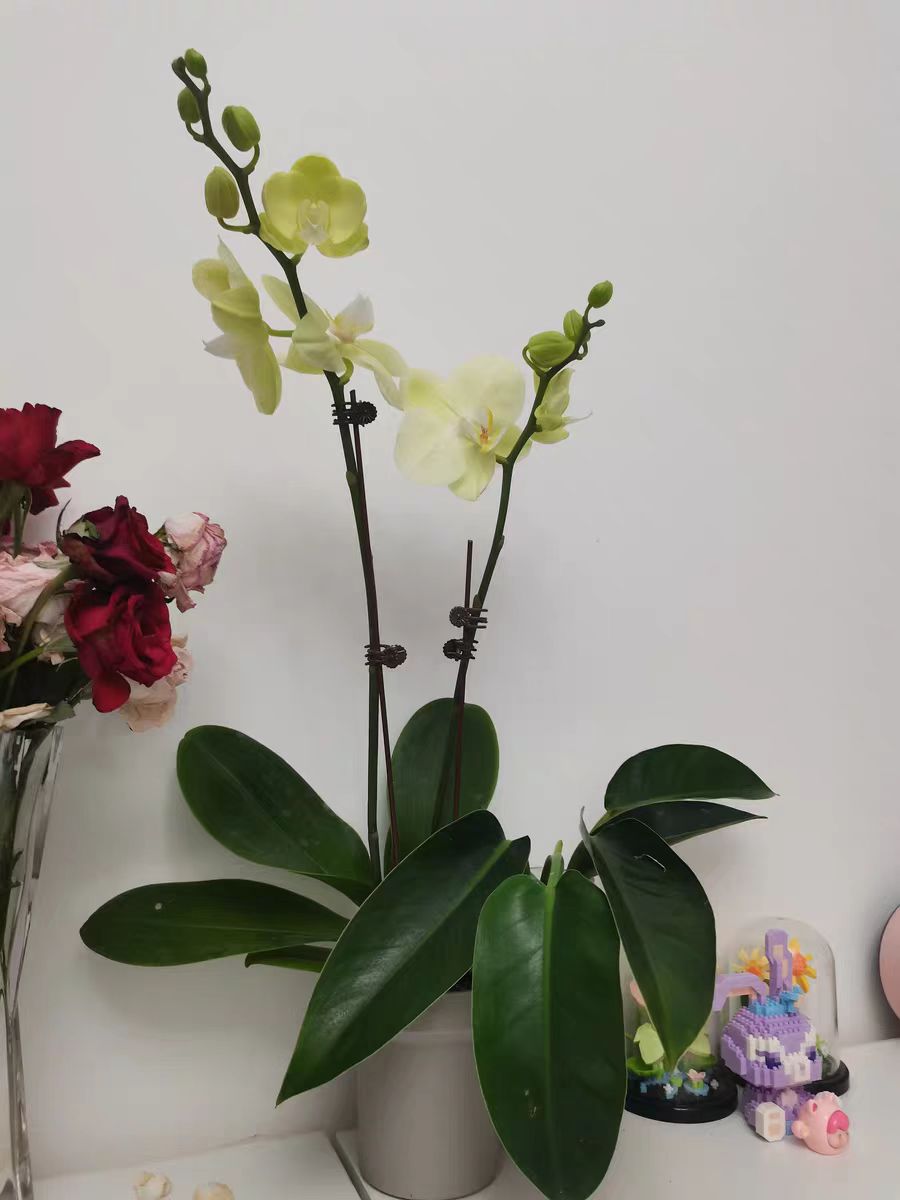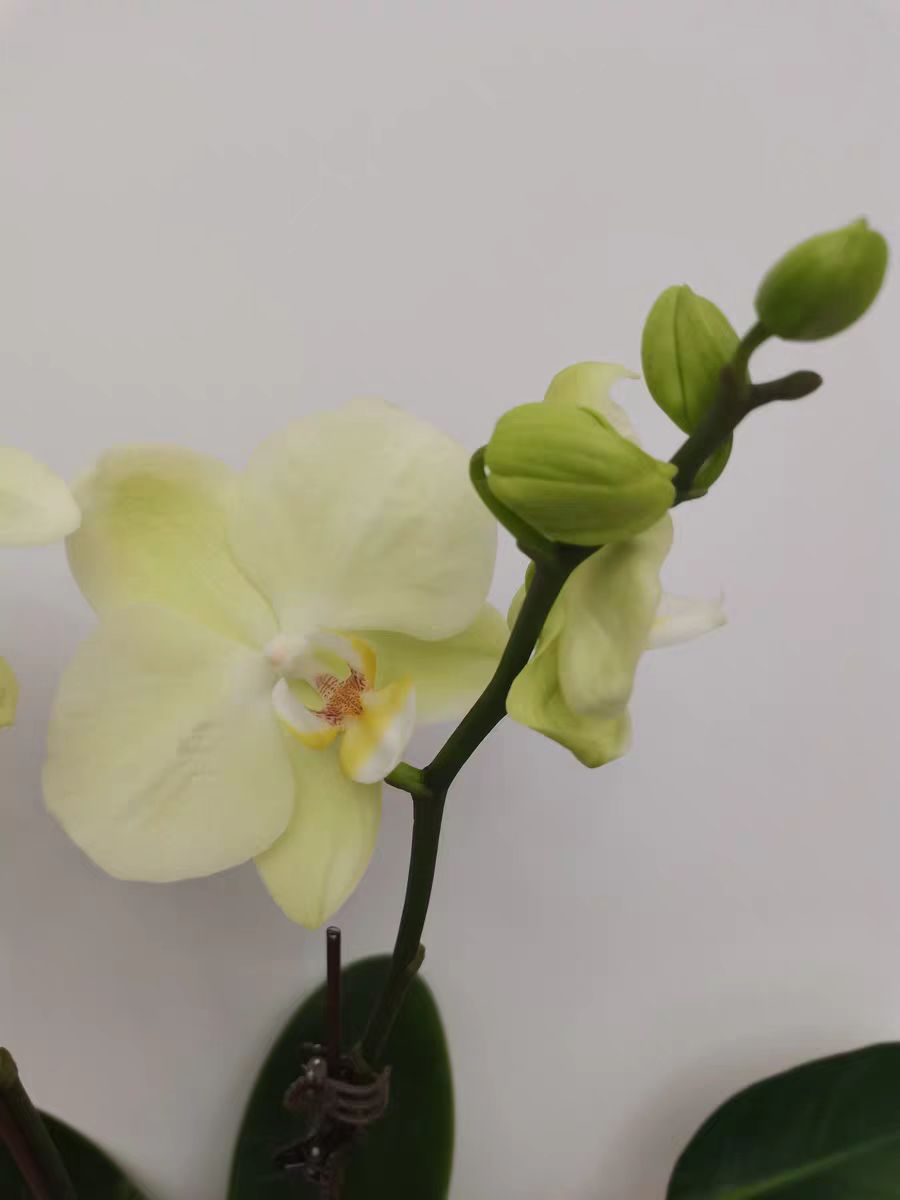Hydroponic plants, also known as nutrient solution culture, are a soilless cultivation technology. The core lies in directly immersing the plant roots in a specially prepared nutrient solution. This nutrient solution can replace traditional soil and provide growth factors such as water, nutrients, and oxygen required for plant growth, enabling plants to grow normally in water.
In traditional soil cultivation, plants absorb water and nutrients through their roots from the soil. In the hydroponic system, the plant roots are directly soaked in the nutrient solution and can absorb these growth factors more efficiently. The nutrient solution usually contains essential mineral elements such as nitrogen, phosphorus, and potassium for plants. These elements exist in a dissolved state in water and are convenient for plant roots to absorb and utilize. In addition, the hydroponic system can also recycle nutrients through circulating water, improve nutrient utilization rate and reduce waste.
In addition to water and nutrients, plant growth also requires sufficient oxygen for respiration. In the hydroponic system, in order to prevent the roots from rotting due to lack of oxygen, equipment such as air pumps or air stones is usually used to inject oxygen into the water. These devices evenly distribute oxygen into the nutrient solution in the form of bubbles to meet the aerobic respiration needs of plant roots. At the same time, a moderate water flow rate also helps maintain the oxygen content in the water and promote plant growth.
The hydroponic system provides a relatively stable growth environment for plants. By adjusting the concentration, acidity and alkalinity, and temperature of the nutrient solution, the optimal environment suitable for the growth of different plants can be created. This environmental control enables plants to better adapt to the growth conditions in water and achieve healthy growth.
Why don't plants growing in water rot? Although the environment growing in water is somewhat challenging for plants, many aquatic plants can adapt well to this environment and avoid rotting. This is mainly due to their special structures and physiological mechanisms.
Aquatic plants usually have special root structures, such as aerial roots or floating roots. These roots can absorb oxygen in the water, thereby avoiding root hypoxia and rotting. In addition, the roots of aquatic plants can also absorb nutrients in the water and provide the nutrients needed for plant growth. This special root structure enables aquatic plants to maintain healthy growth in water.
The stomatal structure of aquatic plants is also different. In order to reduce water transpiration and gas exchange to reduce the risk of rotting, the stomata of aquatic plants are usually distributed on the upper surface of the leaves or in a small number. This stomatal structure helps maintain the water balance and gas exchange balance in the plant body, thereby preventing the plant from rotting in water.
The leaves of aquatic plants also have special adaptability. The leaf surfaces of some aquatic plants are covered with a special protective layer, which can reduce water evaporation and pollution on the leaf surface. In addition, some aquatic plant leaves can also resist rotting and the invasion of pathogenic microorganisms through special structures and chemical substances. These adaptabilities enable aquatic plants to maintain the health and integrity of leaves in water.
The water quality and water flow in the growth environment of aquatic plants will also affect their rotting. Clear water and moderate water flow can reduce the risk of rotting. This is because clear water helps maintain the oxygen supply and nutrient circulation around the plants; and moderate water flow can prevent the plant roots from being in a static state for a long time and causing rotting. Therefore, in the process of planting and maintaining aquatic plants, reasonable management of water quality and water flow is very important.
The reasons why hydroponic plants can grow in water and avoid rotting lie in their special root structures, stomatal structures, leaf adaptability, and management of water quality and water flow. These factors work together to enable aquatic plants to grow healthily in water and show unique charm.
Why can hydroponic plants grow in water? Why don't plants growing in water rot?

Share with
Tagged in :




Leave a Reply